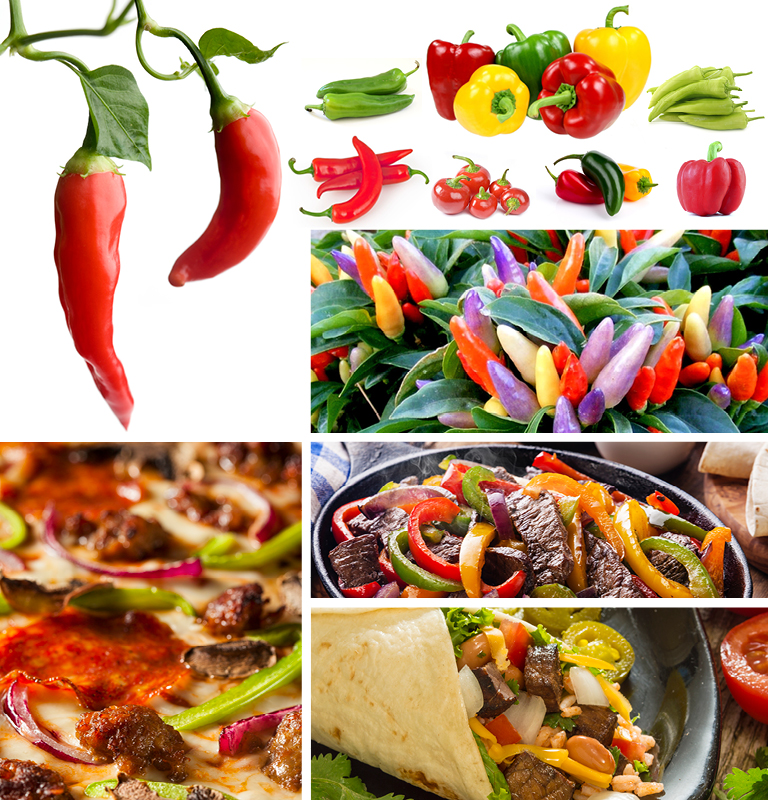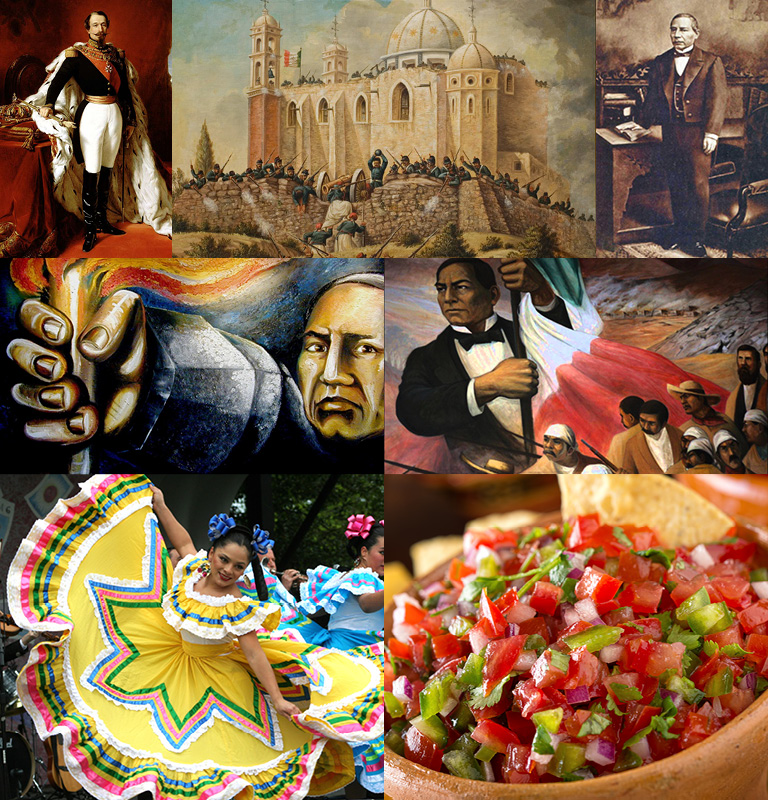FLY YOUR FLAG IN MEMORIAL

(row two first image) American War Cemetery (World War II), Florence, Tuscany, Italy — Photo by Bertl123; (row three first image) Belleau, Northern France – MAY 24, 2015: memorial day at American cemetery — Photo by njaj; (row four first image) Arlington Cemetery on Memorial Day on May 27, 2013, in Washington, D.C, USA — Photo by dinhhang. The rest of the images need no caption.
While most of us will celebrate Memorial Day as a day off work, let’s also use it to remember our fallen and all those who have served so bravely to defend and protect our great nation. At KHT, we honor all those who serve, and have served, and put you in our heartfelt prayers for your tremendous sacrifice. Here’s a little trivia for those of you interested in being the smartest person at the family cookout. Enjoy, and special thanks to Wikipedia and history.com for the additional insights.
- Memorial Day is an American holiday, observed on the last Monday of May, honoring the men and women who died while serving in the U.S. military.
- Originally known as Decoration Day, it originated in the years following the Civil War and became an official federal holiday in 1971. Many Americans observe Memorial Day by visiting cemeteries or memorials, holding family gatherings and participating in parades.
- The practice of decorating soldiers’ graves with flowers is an ancient custom. Soldiers’ graves were decorated in the U.S. before and during the American Civil War. Following President Abraham Lincoln’s assassination in April 1865, there were a variety of events of commemoration.
- The sheer number of soldiers of both sides who died in the Civil War (more than 600,000) meant that burial and memorialization took on new cultural significance. Under the leadership of women during the war, an increasingly formal practice of decorating graves had taken shape. In 1865, the federal government began creating national military cemeteries for the Union war dead. The Richmond Times-Dispatch newspaper claimed in 1906 that Warrenton, Virginia, was the location of the first Civil War soldier’s grave ever to be decorated; the date cited was June 3, 1861.
- By the late 1860s, Americans in various towns and cities had begun holding springtime tributes to the countless fallen soldiers, decorating their graves with flowers and reciting prayers. It is unclear where exactly this tradition originated; numerous different communities may have independently initiated the memorial gatherings. Nevertheless, in 1966 the federal government declared Waterloo, NY as, the official birthplace of Memorial Day, chosen because it hosted an annual, community-wide event, during which businesses closed and residents decorated the graves of soldiers with flowers and flags.
- Memorial Day did not become the more common name until after World War II, and was not declared the official name by Federal law until 1967. On June 28, 1968, Congress passed the Uniform Monday Holiday Act, which moved four holidays, including Memorial Day, from their traditional dates to a specified Monday to create a convenient three-day weekend. The change moved Memorial Day from its traditional May 30 date to the last Monday in May. The law took effect at the federal level in 1971. After some initial confusion and unwillingness to comply, all 50 states adopted Congress’ change of date within a few years.
- In 1915, following the Second Battle of Ypres, Lieutenant Colonel John McCrae, a physician with the Canadian Expeditionary Force, wrote the poem, “In Flanders Fields”. Its opening lines refer to the fields of poppies that grew among the soldiers’ graves in Flanders. In 1918, inspired by the poem, YWCA worker Moina Michael attended a YWCA Overseas War Secretaries’ conference wearing a silk poppy pinned to her coat and distributed over two dozen more to others present. In 1920, the National American Legion adopted it as their official symbol of remembrance.
- On Memorial Day, the flag of the United States is raised briskly to the top of the staff and then solemnly lowered to the half-staff position, where it remains only until noon. It is then raised to full-staff for the remainder of the day. The half-staff position remembers the more than one million men and women who gave their lives in service of their country. At noon, their memory is raised by the living, who resolve not to let their sacrifice be in vain, but to rise-up in their stead and continue the fight for liberty and justice for all.
- In 2000, Congress passed the National Moment of Remembrance Act, asking people to stop and remember at 3:00 P.M.
- The National Memorial Day Concert takes place on the west lawn of the United States Capitol. The concert is broadcast on PBS and NPR. Music is performed, and respect is paid to the men and women who gave their lives for their country.
- For many Americans, the central event is attending one of the thousands of parades held on Memorial Day in large and small cities all over the country. Most of these feature marching bands and an overall military theme with the National Guard and other service personnel participating along with veterans and military vehicles from various wars.
- One of the longest-standing traditions is the running of the Indianapolis 500, an auto race which has been held in conjunction with Memorial Day since 1911. It runs on the Sunday preceding the Memorial Day holiday. Other weekend events include NASCAR’s Coca-Cola 600, held later the same day since 1961, the PGA Memorial Tournament golf event and the final of the NCAA Division I Men’s Lacrosse Championship.
- On Memorial Day weekend in 1988, 2,500 motorcyclists rode into Washington, D.C. for the first Rolling Thunder rally to draw attention to Vietnam War soldiers still missing in action or prisoners of war. By 2002, the ride had swelled to 300,000 bikers, many of them veterans, and today reaches one million riders. A national veterans rights group, Rolling Thunder takes its name from the B-52 carpet-bombing runs during the war in Vietnam.
- Now, no holiday can be complete without food! Americans will eat 818 hot dogs per second on Memorial Day. That’s a few wieners short of 71 million in a day. And as for that summer statistical symmetry, Memorial Day leads up to the number one barbecue event, July 4 before coasting down into Labor Day (a close third at 55 percent).
- The grilling gurus at the Hearth, Patio & Barbecue Association say the top choices for grilling will be burgers (85%), steak (80%), hot dogs (79%) and chicken (73%), with no sign of tofu turkey anywhere in the ratings. Hickory is the top flavor of barbecue sauce, followed by mesquite, honey, and spicy-hot.
Enjoy your family and friends and please remember to say a prayer for our fallen.
.
.
.
.





